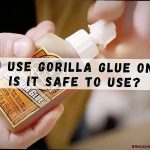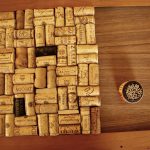We’ve all been there – your trusty chopping board starts showing its battle scars, with cracks and crevices marring its once flawless surface. You’re left pondering if there’s a quick remedy, a magical glue that can mend those fissures and restore your chopping board to its former glory. Look no further than the legendary Gorilla Glue, a mighty adhesive renowned for its Herculean strength and incredible versatility.
But before you reach for that Gorilla Glue bottle in your toolbox, ready to embark on a kitchen renovation mission, let’s pause and examine whether this powerhouse adhesive is truly suitable for your beloved chopping board. In this blog post, we’ll dive deep into the sea of facts and myths surrounding this topic, exploring alternative options that can help you revive your cherished culinary companion safely and effectively.
So, kick back and prepare to unearth the truth about using Gorilla Glue on your faithful chopping board. Whether you’re a seasoned chef or an occasional home cook, this guide will equip you with all the essential knowledge to make an informed decision about repairing your kitchen essential.
What is Gorilla Glue?
Contents
- 1 What is Gorilla Glue?
- 2 Is Gorilla Glue Food Safe?
- 3 Advantages of Using Gorilla Glue on a Chopping Board
- 4 Disadvantages of Using Gorilla Glue on a Chopping Board
- 5 Alternatives to Using Gorilla Glue on a Chopping Board
- 6 How to Use Food-Safe Adhesives to Repair a Chopping Board
- 7 Tips for Successful Repairs with Food-Safe Adhesives
- 8 Conclusion
Looking for an adhesive that can tackle any DIY project, craft, or repair with ease? Look no further than Gorilla Glue, the go-to brand for all your bonding needs. Renowned for its exceptional strength and versatility, Gorilla Glue has become a staple in the DIY community.
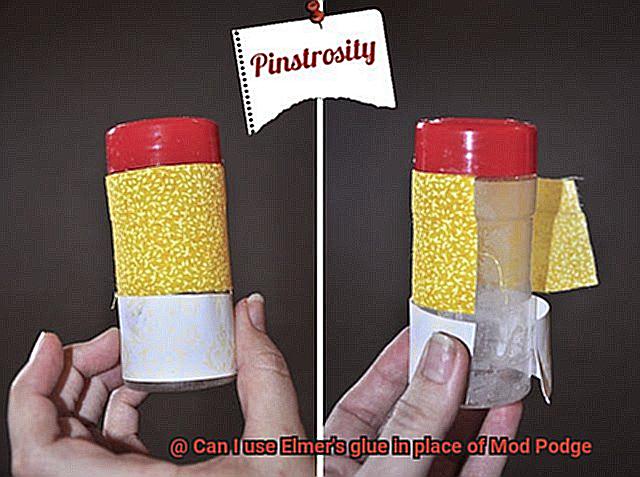
What sets Gorilla Glue apart from other adhesives on the market is its unique formula. Blending polyurethane with other chemicals, this adhesive creates a powerful and durable bond that can withstand the toughest challenges. Whether you’re working with wood, metal, stone, ceramic, or more, Gorilla Glue securely bonds them together with ease.
The range of Gorilla Glue products ensures there’s a perfect solution for every project. The traditional liquid glue provides excellent coverage and is ideal for larger surface areas. For precision and control, the super glue gel is your best bet. And when it comes to quick and easy fixes, the game-changing Gorilla tape does the trick. Each form of Gorilla Glue boasts unique properties and usage instructions, so choose the right one for your specific needs.
One reason why Gorilla Glue is so popular among DIYers is its resistance to water and extreme temperatures. Unlike other adhesives that deteriorate when exposed to moisture or fluctuating temperatures, Gorilla Glue holds up exceptionally well indoors and outdoors. Use it confidently on items exposed to the elements without worrying about the bond weakening over time.
But how do you make the most of your Gorilla Glue? Proper application and curing time are crucial for optimal results. Ensure surfaces are clean and dry before applying the glue. Apply a thin layer of glue and tightly clamp or hold the pieces together until the glue cures completely. Curing times range from 1-2 hours for light handling to 24 hours for full cure strength, depending on the type of Gorilla Glue and the project at hand.
While Gorilla Glue is fantastic for a wide range of projects, it’s important to consider its limitations. For instance, when using Gorilla Glue on a chopping board, there are factors to keep in mind. Gorilla Glue is not food-safe, so direct contact with food should be avoided. Chopping boards are commonly used in food preparation, making Gorilla Glue an unsuitable choice.
The chemicals in Gorilla Glue could potentially contaminate food if any residue is left behind after a repair. Additionally, these chemicals could leach into the wood, posing health risks if ingested. Moisture exposure can also weaken the bond of certain adhesives over time. For food safety and durability, it is generally recommended to use adhesives specifically designed for chopping boards.
Is Gorilla Glue Food Safe?
Accidentally cracked your favorite chopping board while preparing a delicious meal? Before you reach for that trusty adhesive, let’s talk about why Gorilla Glue is not recommended or safe to use on a chopping board.
The Concerns:
Chemical Composition:
Gorilla Glue contains chemicals like polyurethane that can release toxic fumes or substances when heated or ingested. These chemicals pose serious health risks if they come into contact with food.
Leaching Potential:
Even if the glue is fully cured and dried, there is still a risk of contamination if any part of the glue or its residue comes into contact with food. Heat and moisture from food preparation can cause the glue to leach harmful substances into your meals.
Health Risks:
Ingesting even small amounts of these chemicals over time can lead to digestive problems and organ damage. We all want to enjoy our meals without worrying about potential health hazards lurking in our chopping boards.
Safety First:

Basic Principles:
Using Gorilla Glue on a chopping board violates basic safety and hygiene principles for food preparation surfaces. Chopping boards should be made from food-grade materials specifically designed to be safe for contact with food.
Food-Safe Alternatives:
Don’t fret. There are alternative adhesives available specifically formulated for use on chopping boards and kitchen utensils. These adhesives have undergone rigorous testing to ensure they do not pose any risks of chemical contamination.
Seek Professional Advice:
If your chopping board needs repair, consult the manufacturer or a professional who can guide you on the appropriate adhesive to use. They will recommend a product that is both effective and food-safe.
Advantages of Using Gorilla Glue on a Chopping Board
When it comes to fixing your cracked or damaged chopping board, you need an adhesive that can withstand the demands of a busy kitchen. Look no further than Gorilla Glue – a versatile adhesive known for its strength and durability. In this article, we’ll explore the advantages of using Gorilla Glue on a chopping board, from its exceptional durability and water resistance to its non-toxic properties and cost-effectiveness.
Durability:
Gorilla Glue is renowned for creating a bond that can withstand the test of time. By applying this adhesive to your chopping board, you can rest assured that it will remain intact even with regular use. No more worrying about loose or separating sections – Gorilla Glue keeps your chopping board in one solid piece.
Water Resistance:
Chopping boards are constantly exposed to moisture, which can cause damage over time. However, with Gorilla Glue’s moisture-resistant properties, your chopping board will stay strong and resilient against water, hot liquids, and cleaning agents. Say goodbye to warping and swelling – your chopping board will retain its shape and functionality.
Non-Toxic Properties:
Safety is of utmost importance in the kitchen, and Gorilla Glue ensures your peace of mind. This adhesive is FDA-approved for indirect food contact, meaning it’s safe to use on surfaces that come into contact with food. While it’s crucial to avoid direct contact between the glue and ingredients, you can confidently repair your chopping board without compromising food safety.
Easy Application:
Gorilla Glue’s user-friendly nature makes it accessible to everyone. With clear instructions and easy application, you don’t need to be a DIY pro to repair your chopping board effectively. Simply follow the steps provided, and you’ll have your trusty kitchen companion restored in no time.
Cost Effectiveness:
Replacing a chopping board can be an unnecessary expense, especially when a simple repair can do the trick. Gorilla Glue offers a cost-effective solution by allowing you to fix your chopping board instead of purchasing a new one. Save money while maintaining the quality and functionality of your kitchen essential.
Conclusion:
Using Gorilla Glue on your chopping board brings a multitude of advantages. Its durability, water resistance, non-toxic properties, easy application, and cost effectiveness make it a reliable choice for repairing and enhancing your kitchen companion. Say goodbye to loose ends and welcome a rejuvenated chopping board that will stand the test of time.
Disadvantages of Using Gorilla Glue on a Chopping Board
Imagine this scenario: while in the midst of preparing a mouthwatering meal, your trusty chopping board unexpectedly gives way, scattering vegetables across your kitchen. Frustrating, isn’t it? Some may think that using Gorilla Glue to mend their chopping boards is a quick and easy solution, but I’m here to debunk that notion.
Here, we will delve into the disadvantages of using Gorilla Glue on a chopping board and why it’s best to avoid this sticky situation.

Not Food-Safe:
Perhaps the most significant drawback of using Gorilla Glue on a chopping board is its lack of food safety. This adhesive has the potential to release harmful chemicals when it comes into contact with food, jeopardizing your health. Imagine consuming those toxic substances alongside your freshly chopped ingredients – it’s certainly not an appetizing thought.
Potential for Uneven Surfaces and Bacterial Growth:
Gorilla Glue expands as it cures, leading to gaps and uneven surfaces on your chopping board. These imperfections not only compromise the board’s structural integrity but also provide breeding grounds for bacteria. Even with rigorous cleaning, these hard-to-reach crevices can harbor harmful pathogens that could contaminate your food, posing a serious health risk.
Rigidity and Safety Hazards:
Gorilla Glue dries to a hard, inflexible consistency. While this may seem desirable for many applications, it presents a problem for chopping boards. The rigidity of the glue can cause it to crack or break under the constant pressure of cutting and chopping, compromising both the safety of the board and the longevity of your knives. Dulling edges and chipped blades are an unfortunate consequence of this mismatch.
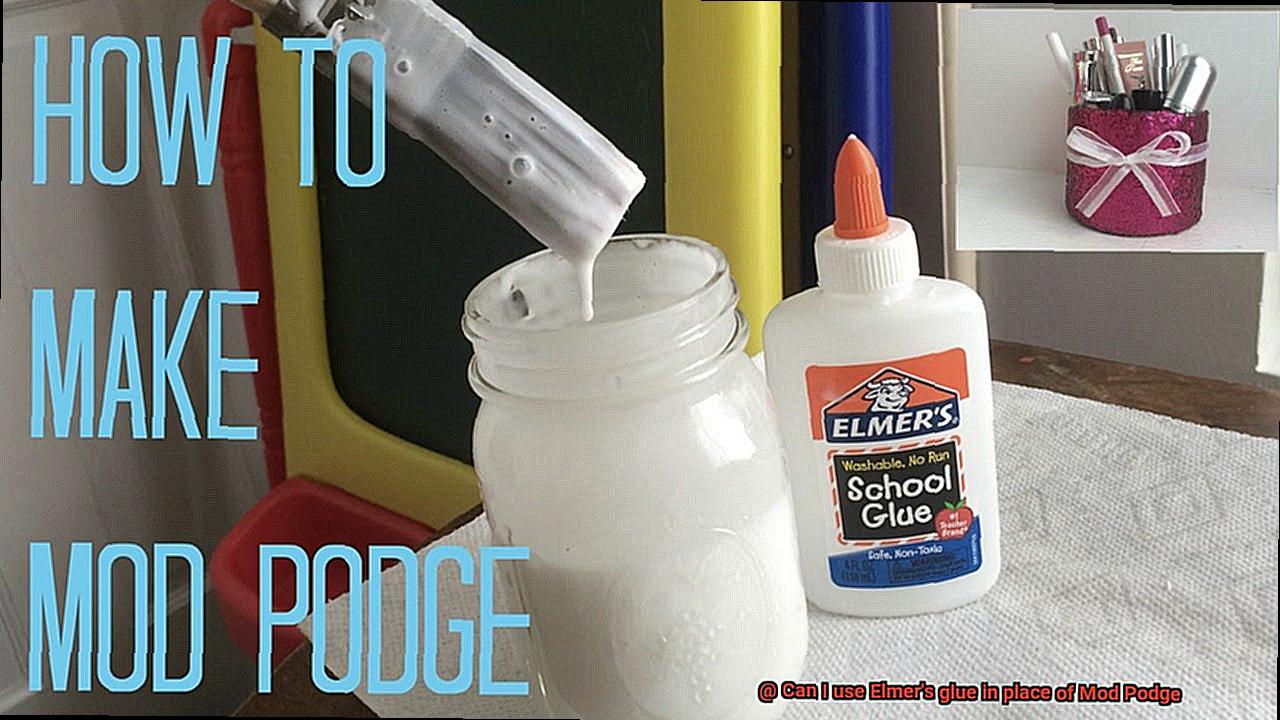
Difficult Repairs and Refinishing:
Attempting to repair or refinish a chopping board that has been glued with Gorilla Glue can quickly turn into a nightmare. The formidable bond of this adhesive makes it challenging to remove without further damaging the board. In some cases, sanding or scraping may be necessary, altering the appearance and functionality of your board, far from the desired outcome.
Voiding Warranties:
By using an inappropriate adhesive like Gorilla Glue on your chopping board, you run the risk of voiding any warranties or guarantees provided by the manufacturer. Should your board become damaged or compromised due to the use of this adhesive, you may find yourself without recourse for a replacement or refund.
Alternatives to Using Gorilla Glue on a Chopping Board
Today, we will delve into the world of glue alternatives for repairing your beloved chopping board. While Gorilla Glue may appear tempting due to its formidable bonding capabilities, it is not the optimal choice for this particular task. Fear not, for I have some fantastic alternatives that will keep your chopping board safe and functional.
First and foremost, let’s address safety concerns. When it comes to anything that comes into contact with food, we must exercise extra caution. Gorilla Glue contains chemicals that can seep into your food when exposed to heat or moisture—an undesirable addition to our plates. Therefore, it is crucial to select a glue that is specifically deemed food-safe.
One remarkable alternative to Gorilla Glue is food-safe wood glue. Formulated explicitly for food-related applications, this adhesive boasts an absence of harmful chemicals and can withstand the demanding conditions of your kitchen. It offers a robust bond without compromising your health or the taste of your meals.
Another option worth considering is epoxy resin. This potent adhesive not only excels at bonding wood surfaces but can also be rendered food-safe when appropriately cured. It represents an excellent choice for repairing or assembling your chopping board, ensuring both longevity and safety in your culinary domain.
When utilizing any type of glue, it is imperative to meticulously follow the manufacturer’s instructions. Proper application and curing are pivotal factors in achieving optimal results and upholding the safety of your cherished chopping board.
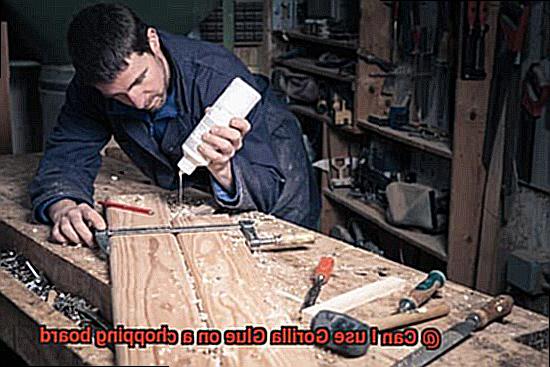
But wait, there’s more. If you find yourself hesitant about using glue altogether, fear not. Alternative methods exist for joining or repairing your chopping board without relying on adhesive substances. For instance, you can opt for wooden dowels or biscuits to reinforce joints or replace damaged sections of the board. In doing so, you will provide stability while sidestepping any potential health risks associated with glue.
How to Use Food-Safe Adhesives to Repair a Chopping Board
When it comes to repairing a chopping board, it is important to use adhesives that are food-safe to ensure the health and safety of those who use it. In this guide, we will explore the use of food-safe adhesives, specifically epoxy resin and polyurethane glue, for repairing a chopping board. These adhesives are non-toxic and designed to be safe for food contact.
Using Epoxy Resin
Epoxy resin is a versatile adhesive that forms a strong and durable bond, making it ideal for repairing chopping boards. Before starting the repair process, thoroughly clean and dry the chopping board to ensure proper adhesion. Mix the epoxy resin according to the manufacturer’s instructions, ensuring equal parts of the resin and hardener are combined.
Apply a thin layer of mixed epoxy resin to both surfaces that need to be bonded, spreading it evenly with a brush or spatula. Align the broken pieces of the chopping board and press them firmly together. Use clamps or weights to hold them in place while the adhesive cures, which usually takes around 24 hours. After curing, inspect the repaired area for any sharp edges or rough surfaces.
Using Polyurethane Glue
Polyurethane glue is another food-safe adhesive option for repairing a chopping board. Clean and prepare the surfaces that need to be bonded by removing any dirt or debris. Apply a thin layer of polyurethane glue to one surface and press the two pieces firmly together. Hold them in place for a few minutes until the glue sets.
Polyurethane glue typically cures within 24 hours, but refer to the manufacturer’s instructions for specific curing times. Once cured, inspect the repair for any rough spots that may need sanding.
Post-Repair Cleaning
After completing the repair, it is essential to thoroughly clean the chopping board again before using it. Wash it with warm soapy water, rinse thoroughly, and dry it completely. This step will remove any residual adhesive or dust particles from the repair process.
Tips for Successful Repairs with Food-Safe Adhesives
When it comes to repairing a chopping board, using the right adhesive is crucial. Not all glues are created equal, especially when it comes to food safety. In this article, we will explore the importance of using food-safe adhesives for chopping board repairs and provide you with some valuable tips for successful repairs. Let’s dive in.
Choosing a Food-Safe Adhesive
Before embarking on your repair journey, it’s essential to select an adhesive that is specifically labeled as food-safe. Look for products that comply with FDA regulations for indirect food contact. These adhesives are designed to be non-toxic and safe for use in food preparation areas. Some common food-safe adhesives include epoxy resin, polyurethane glue, and certain types of cyanoacrylate glue.
Cleaning and Preparing the Surface
To ensure a strong bond, start by thoroughly cleaning and drying the surface of your chopping board before applying any adhesive. Remove any dirt, grease, or moisture that could compromise the repair. Use a mild detergent and warm water to clean the surface, and make sure it is completely dry before proceeding.
Smoothing Out Rough Edges
Before applying the adhesive, take the time to inspect the surfaces to be bonded. Sand down any rough spots or uneven surfaces to create a clean and even bonding surface. This step is crucial for maximizing the strength and durability of your repair.
Applying the Adhesive Sparingly
When applying the adhesive, less is more. Follow the manufacturer’s instructions carefully and apply a thin, even layer of adhesive to one surface. Press the parts together firmly and hold them in place using clamps or heavy objects while the adhesive sets. Avoid using excessive amounts of adhesive as this can lead to messy repairs and potential health hazards.
Allowing Sufficient Drying Time
Patience is key when it comes to successful repairs. Allow sufficient drying or curing time for the adhesive to fully set before using the repaired chopping board. This can vary depending on the type of adhesive used, so refer to the product instructions for guidance. Rushing the drying process can compromise the bond and result in a weaker repair.
_hwlwP4riZI” >
Conclusion
Using Gorilla Glue on a chopping board is not recommended.
While Gorilla Glue is known for its strong adhesive properties, it is not food-safe and can release harmful chemicals when it comes into contact with heat or moisture. This means that using Gorilla Glue on a chopping board can pose a risk to your health and the safety of your food.
Additionally, Gorilla Glue dries to a hard and inflexible finish, which is not ideal for a surface that requires frequent cutting and chopping. It can also be difficult to remove if you ever need to replace or repair your chopping board.
Therefore, it’s best to opt for adhesives specifically designed for use with food-grade materials when it comes to repairing or assembling chopping boards.


